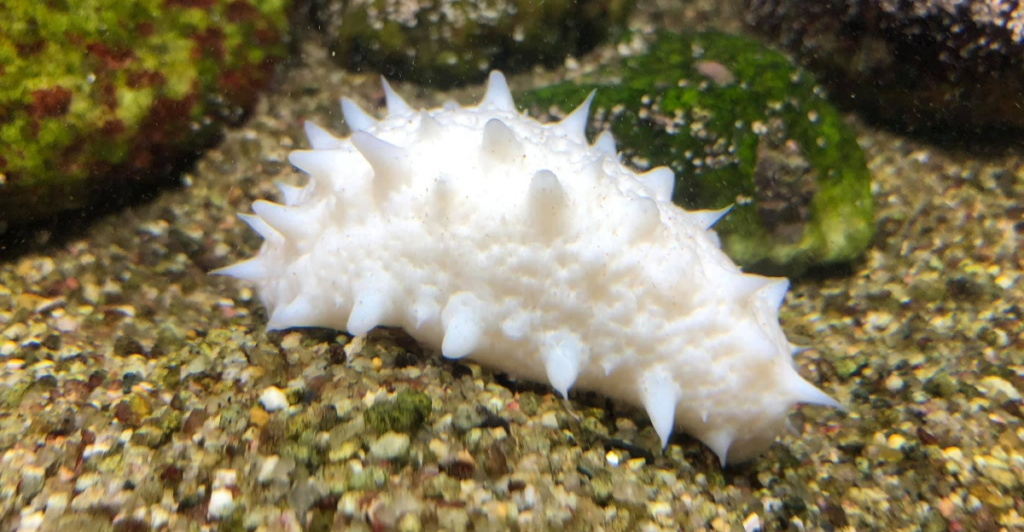
A mysterious 20-tentacled sea cucumber named Amphigymnas ganquani was discovered in the South China Sea, representing a significant milestone in marine biodiversity exploration. Discovered at a depth of 4,400 feet by the remotely operated vehicle (ROV) “Faxian,” the fragile, glass-like creature demonstrates the ecological value of seamounts, which serve as biodiversity hotspots. The species, which is nearly a foot long and has shield-shaped tentacles and papillae, belongs to the genus Amphigymnas, which is known for its delicate skin. Sea cucumbers play essential roles in nutrient cycling and sediment oxygenation, highlighting their ecological significance. This discovery highlights the importance of investing in deep-sea exploration to uncover the ocean’s hidden biodiversity and its potential applications across scientific disciplines.
Historical Context
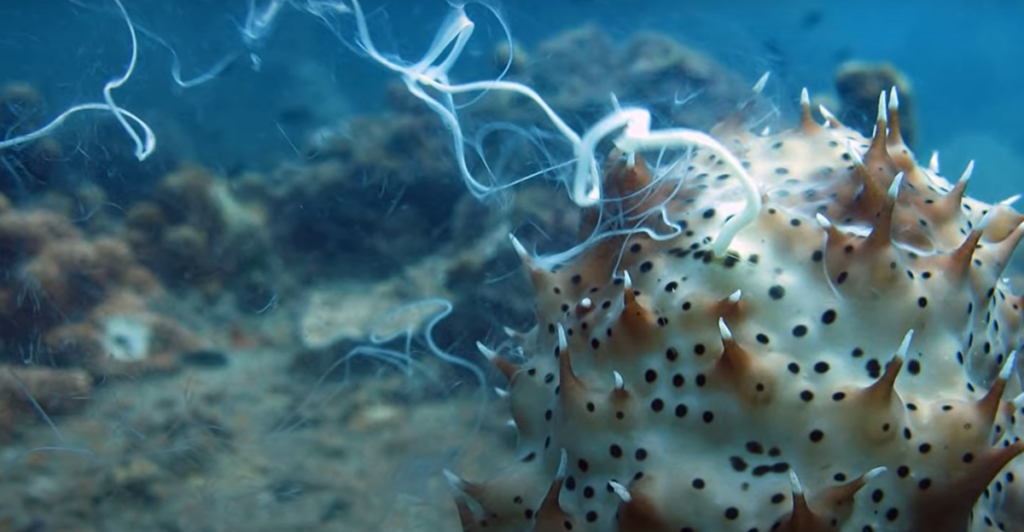
The discovery of Amphigymnas ganquani builds on centuries of deep-sea exploration, starting with pioneering oceanographic surveys from HMS Challenger in the 19th century.
Modern technology, such as ROVs and advanced sonar systems, has revolutionized access to extreme depths. An ecologically significant hotspot with over 3,365 species of marine fish and extensive coral reefs, the South China Sea has historically been a hotly contested area but is still of global importance for biodiversity studies.
This discovery underscores the importance of exploring seamounts—underwater mountains that contain unique ecosystems—and reflects humanity’s continued effort to understand Earth’s final frontier.
Trends in Marine Discovery

New scientific discoveries in marine biodiversity have been picking up speed, as thousands of new species are being discovered every year as technology like ROVs and DNA sequencing has made it easier and faster to explore marine ecosystems.
Deep-sea environments, previously inaccessible, now yield discoveries like Amphigymnas ganquani. The findings support international efforts to map underwater ecosystems and address environmental challenges like ocean acidification.
Additionally, the rise of aquaculture and sustainable fisheries further underscores the importance of studying sea cucumbers for their ecological roles and economic potential. Such a trend reflects humanity’s increasing recognition of the ocean’s resources and central role in global sustainability.
Challenges in Deep-sea Exploration

Exploring the deep sea has posed significant challenges, such as steep costs, technical constraints, and geopolitical tensions in regions like the South China Sea. The fragile nature of species such as Amphigymnas ganquani complicates specimen collection and study. Conflicts over territorial waters also hamper joint research efforts.
However, technological advancements, including advanced remotely operated vehicles (ROVs) and high-resolution multibeam sonar systems, are making it possible for scientists to traverse difficult underwater landscapes and discover areas of unexplored biodiversity. The solution to these hurdles requires international cooperation and sustainable funding to ensure progress in marine science.
Ecological Significance
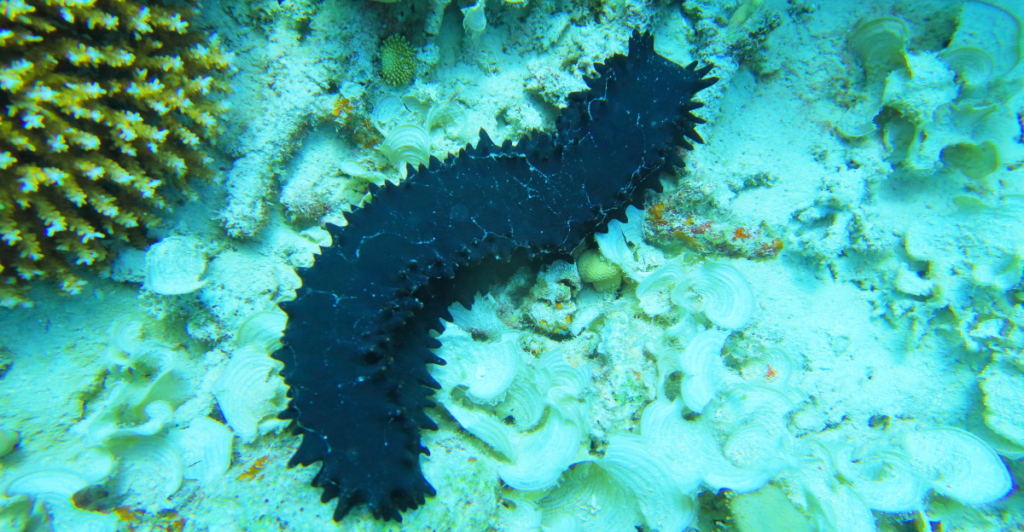
Sea cucumbers play critical roles in nutrient recycling, sediment oxygenation, and in reducing local ocean acidification, and they are indispensable components of healthy marine ecosystems.
Species such as Amphigymnas ganquani display adaptations to extreme environments, serving as indicators of ecological health. Their presence on seamounts highlights the importance of conserving these biodiversity hotspots against threats like overfishing and destruction of habitats.
The protection of sea cucumbers ensures the stability of marine food webs and supports overall ocean health. This finding emphasizes the importance of proactive conservation efforts to protect endangered deep-sea environments.
Technological Innovations
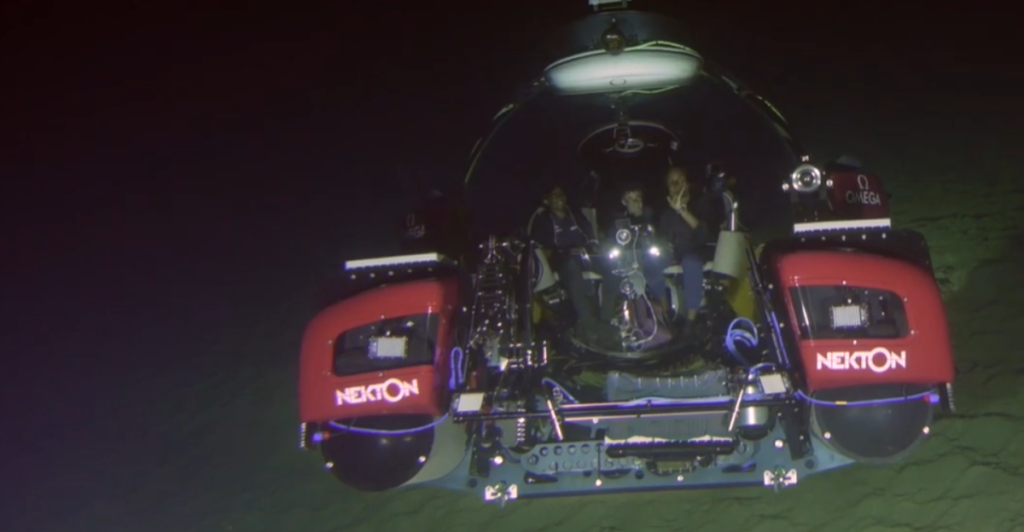
High-definition cameras paired with the ROV “Faxian,” which included manipulator arms to grasp and explore key areas, played a vital role in the discovery of Amphigymnas ganquani.
Subsea technology has advanced, allowing researchers to explore depths up to 6 miles below the surface. Tools such as multibeam sonar systems, with real-time data transfer, help optimize the collection of samples and mapping of the ecosystem.
These breakthrough innovations provide invaluable insight into marine biodiversity and also enable the development of sustainable management practices. As technology continues to evolve, future breakthroughs could revolutionize our ability to study elusive species like Amphigymnas ganquani.
Geopolitical Implications

The South China Sea is a biodiversity hotspot, but its geopolitical tensions complicate scientific exploration. Competing territorial claims among nations have led to restricted access for researchers. However, discoveries like Amphigymnas ganquani highlight the potential of science diplomacy to overcome political disputes.
Collaborative research initiatives might build mutual understanding while addressing urgent environmental challenges such as overfishing and habitat degradation. This finding reminds us that preserving marine ecosystems requires unified global efforts amidst geopolitical complexities.
Future of Marine Biodiversity
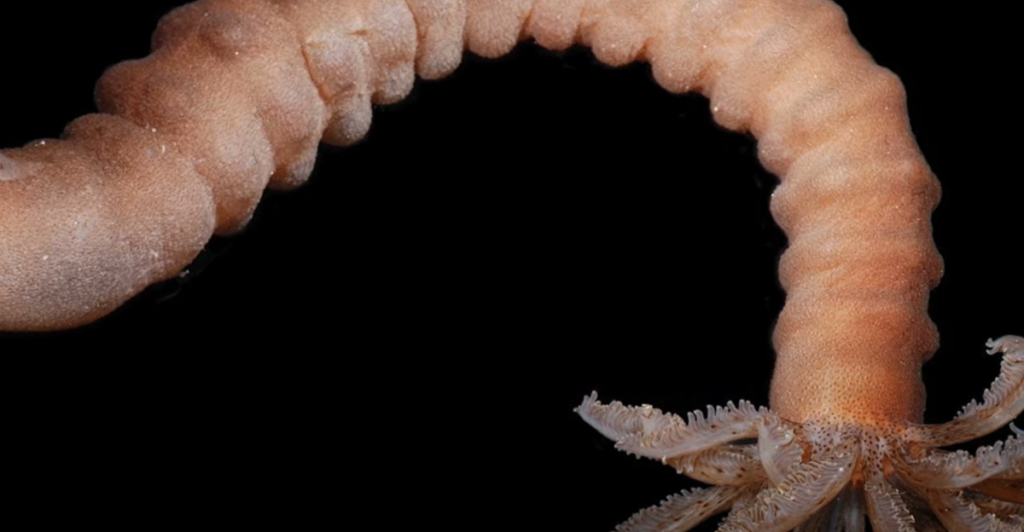
The identification of Amphigymnas ganquani raises critical questions about preserving marine biodiversity amid climate change and human activity. Deep-sea species are especially vulnerable to environmental changes because they are found in specialized habitats.
The research on sea cucumbers’ ecological roles offers insights into mitigating these impacts while supporting sustainable fisheries and aquaculture practices.
Continued exploration is paramount to understand how marine ecosystems adapts to global changes, ensuring their resilience for future generations.
Broader Scientific Impact
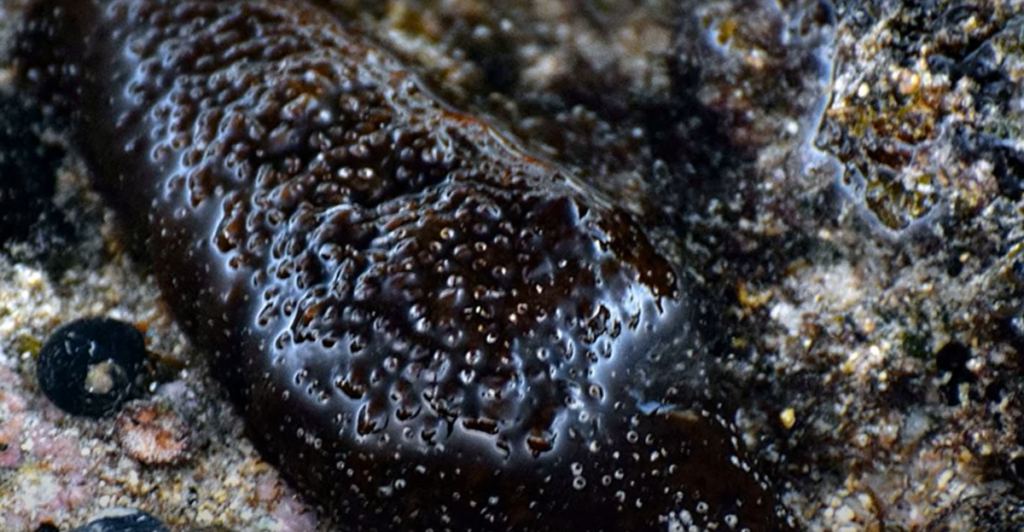
Discoveries like Amphigymnas ganquani extend beyond ecology—they have implications for biotechnology and medicine. Marine organisms often produce unique compounds with potential uses in pharmaceuticals and industrial materials.
The fragile structure of this sea cucumber could inspire innovations in biomaterials or regenerative medicine. Its role in nutrient cycling also holds models for sustainable practices in agriculture or waste management.
This observation underscores that deep-sea exploration is not just about understanding the environment; it is also about technological innovations that are beneficial in all sectors.
Final Analysis
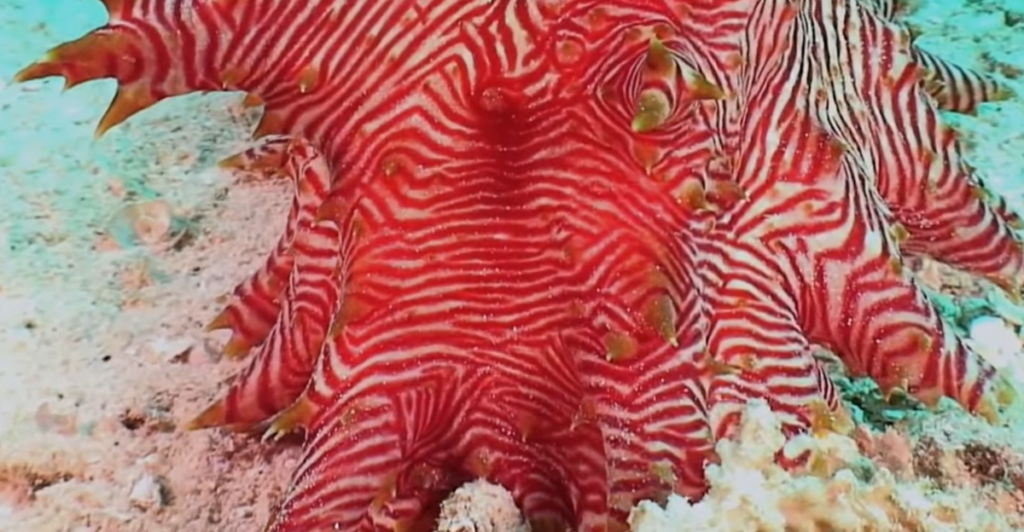
This groundbreaking discovery exemplifies the transformative power of deep-sea exploration in uncovering Earth’s hidden biodiversities. It underscores the ecological significance of seamounts as well as challenges such as geopolitical conflicts and technological limitations.
The finding highlights the need for more investment in marine science and international collaboration to safeguard vulnerable ecosystems in the face of global environmental change.
As humanity seeks solutions for sustainability, studying unique species like this sea cucumber will play a pivotal role in shaping our understanding of life’s resilience and interconnectedness.
Explore more of our trending stories and hit Follow to keep them coming to your feed!








